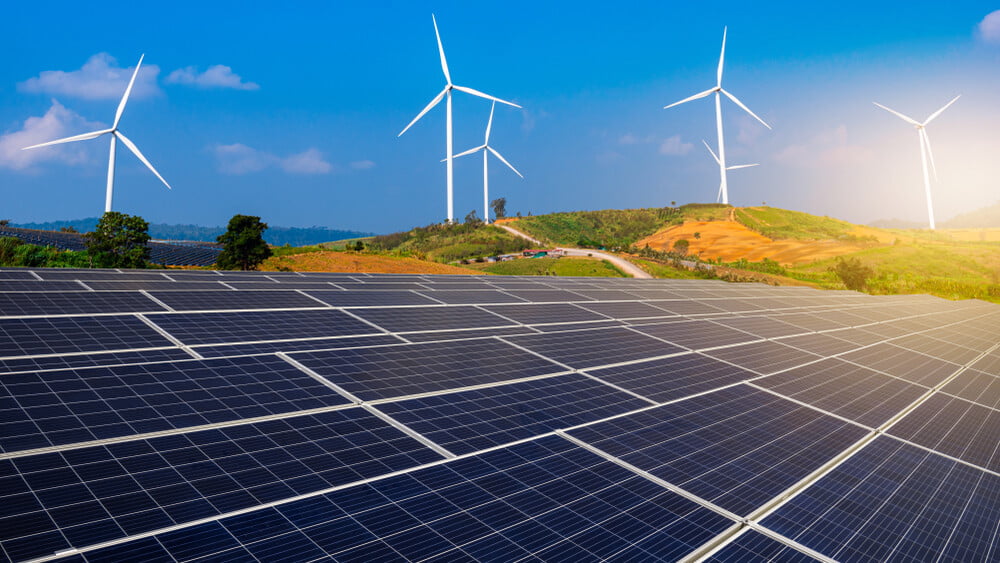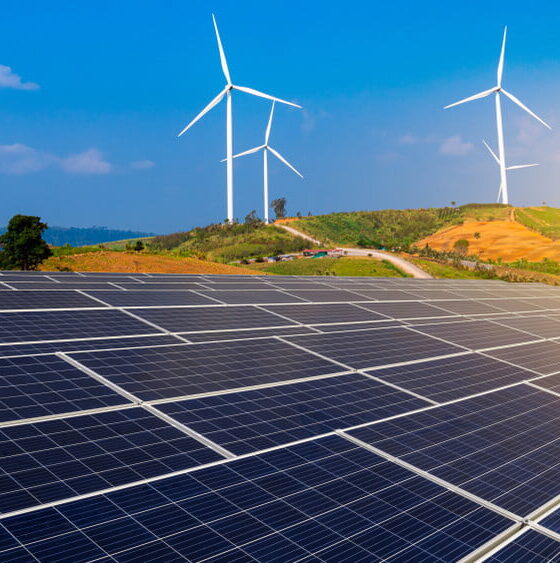

Energy
5 Ways To Increase Worker Safety In the Renewable Energy Industry
Fossil fuel alternatives are better for the environment, but renewable energy work poses unique safety risks for workers. Setting up, maintaining and repairing solar, wind, geothermal and hydropower equipment can involve exposure to electrical currents, fall risks and dangers posed by heavy machinery.
Workplace safety is a critical concern in this growing sector of the global employment market. According to the International Renewable Energy Agency, there were 11.5 million jobs in this sector as of 2019. The number of positions available is projected to rise rapidly over the next decade. Here are five ways renewable companies can prioritize safety through training, documentation and the use of health and safety management software.
1. Raise Awareness of Safety Risks
In many organizations, supervisors and managers tend to be more aware of safety risks in the field than workers. It is important to implement training programs that impart knowledge of the hazards associated with servicing renewable energy equipment and machinery. Every employee should fulfill job-specific training requirements. Making safety policies and training documents available on a platform that is accessible in the field is another important step toward increasing safety.
Scheduling weekly safety meetings is an effective practice derived from construction safety management. Organizations that have regular safety meetings are better able to maintain a culture of safety and reduce the frequency and severity of worksite incidents. Construction and renewable energy work share many of the same safety concerns, though the stakes in the latter field may be even higher. For instance, maintaining or repairing a wind turbine on top of a 100-foot-tall tower poses a dangerous fall hazard that is compounded by the risks posed by heavy machinery.
2. Establish Industry-Wide Standards
As the renewables industry has grown, collaborative agreements on best practices have emerged in various sectors. Independent organizations such as the Solar Energy Industries Association and Global Wind Organization have developed industry-specific guidelines. Companies presented with the choice of adhering to agreed-upon standards should pursue compliance to promote safety.
When producers connect to the grid, local, state and federal requirements may begin to apply. For instance, solar energy companies on the grid are required to comply with the United States federal Occupational Safety and Health Administration Electrical Power Generation, Transmission and Distribution Standard. Initiating the practice of compliance based on the best available standards for a particular type of renewable power is a significant step toward safer operation.
3. Inspect and Maintain Equipment
Regardless of the method of power generation, renewable energy providers should pursue rigorous site safety management. From routine inspections of heavy machinery to regular maintenance to prevent catastrophic problems that may be more likely to cause injuries, it is important for employers to pursue the necessary measures for safety and maintain detailed documentation.
Using health and safety management software in the field can facilitate inspections and upkeep. The leading platforms streamline control processes with automated functionality for filling out forms and distributing documentation. A robust report builder minimizes errors and omissions and makes it easier to maintain accurate, current and detailed site data.
4. Use Smart Personal Protective Equipment
Next-generation PPE is already being designed for field workers on renewable energy sites. An employer may want to invest in fall detection and arrest systems for working at height and other solutions for promoting safety in confined spaces or noisy worksites. Other smart sensors can detect dangers posed by machinery or track biometric data to allow for more rapid incident response.
In addition to high-tech PPE solutions, it is essential that employers determine the most effective standard safety gear such as helmets, eye and ear protection, footwear and gloves. Policies for PPE use should be reinforced on a regular basis during safety meetings and requirements can also be uploaded to a software platform that is accessible on mobile devices in the field.
5. Streamline Safety Incident Reporting
When an incident occurs, it is possible to accelerate reporting and improve the accuracy of reports with a combination of field devices and cloud-based software. In addition to reporting isolated incidents, the leading platforms can also track total recordable injury frequency to monitor safety trends and improve risk management measures.
These five methods support the safety of renewable energy workers. As more wind, solar, geothermal and hydropower producers reach utility-scale, it will become even more imperative for companies to maintain high workplace safety standards. Implementing scalable health and safety management software is a major step toward promoting a culture of workplace safety that will make it possible to continue to recruit and retain top talent in the field of renewables.


 Environment10 months ago
Environment10 months agoAre Polymer Banknotes: an Eco-Friendly Trend or a Groundswell?

 Environment11 months ago
Environment11 months agoEco-Friendly Home Improvements: Top 7 Upgrades for 2025

 Features9 months ago
Features9 months agoEco-Friendly Cryptocurrencies: Sustainable Investment Choices

 Features10 months ago
Features10 months agoEco-Friendly Crypto Traders Must Find the Right Exchange






























